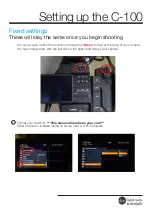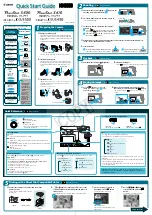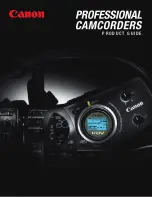
9. Stroboscopic mode
Stroboscopic flash mode makes several images of a
moving object appear in the same picture. This is parti-
cularly interesting for motion studies and for special
effects (Fig. 11). In stroboscopic mode, a predetermined
number of flashes are fired at a certain flash frequency.
Consequently, only a partial light output is available, with
a maximum of 1/4 power.
For stroboscopic exposures you can select a flash fre-
quency (flashes per second) of 1...50 Hz in 1 Hz incre-
ments, and a number of flashes between 2...50 in single
increments.
No ISO film speed is displayed in stroboscopic mode.
When using the mecablitz with an SCA 3xx2 adapter and
a camera that automatically transmits the speed rating
to the flash unit, the mecablitz will automatically adjust
the film speed (see operating instructions for camera
and the SCA adapter).
When using the mecablitz with an SCA 3xx adapter, the
SCA 301 standard foot or a camera that does not trans-
mit film speed data, the speed of the loaded film must
be set in TTL, A or M mode before selecting stroboscopic
mode. The mecablitz will then take over this setting for
the stroboscopic mode.
The maximum possible partial light output level in stro-
boscopic mode is automatically adjusted (see Technical
Data, Table 5). To achieve short flash durations, the parti-
al light output level can be adjusted manually to a mini-
mal value of 1/256. The LC display indicates the shooting
distance for correct exposure at the set parameters. You
can adjust the displayed distance to the actual shooting
distance by varying the f-stop or the partial light output
level. The aperture selected on the flash unit must be set
on the camera lens. By using faster films (higher ISO
number) the shooting distance can be increased.
The stroboscopic mode cannot be used when
the secondary reflector is switched on.
☞
54
Stroboscopic mode
Modo flash stroboscopico
Funcionamiento Estroboscópico
Fig. 11 / Figura 11 / Grabado 11
700 47 0078-A4 PDF GB-I-E 30.09.2008 14:12 Uhr Seite 54
















































